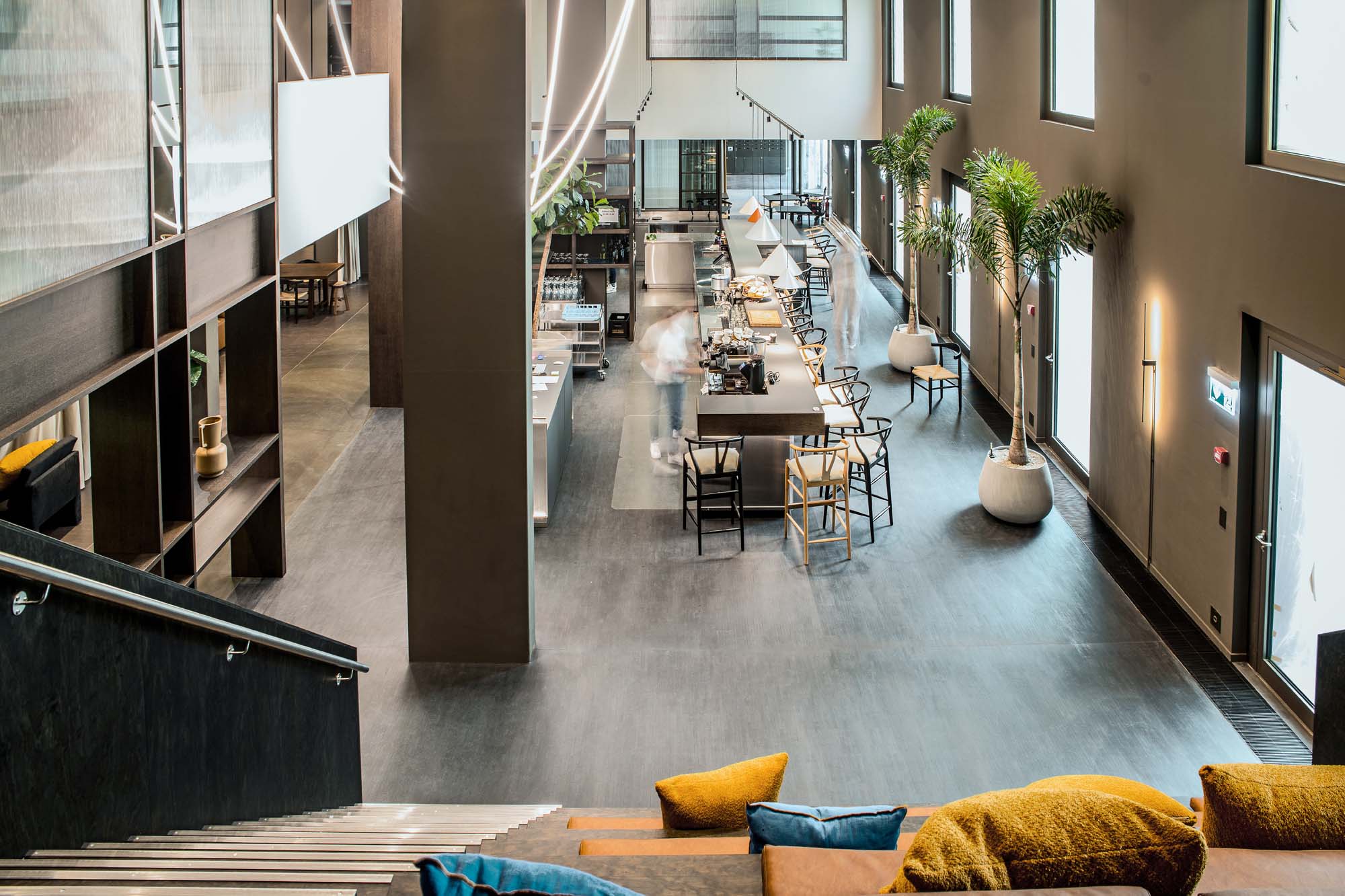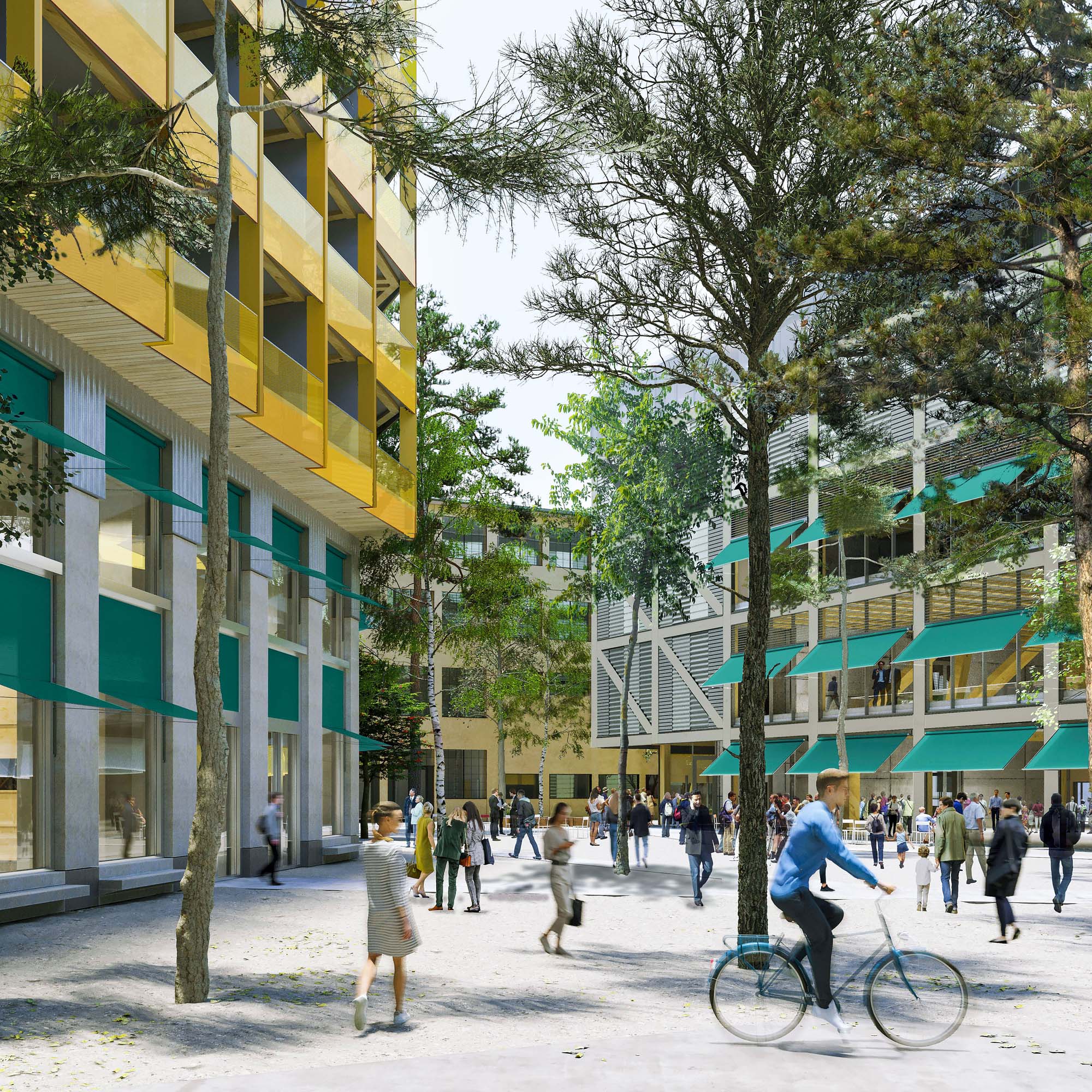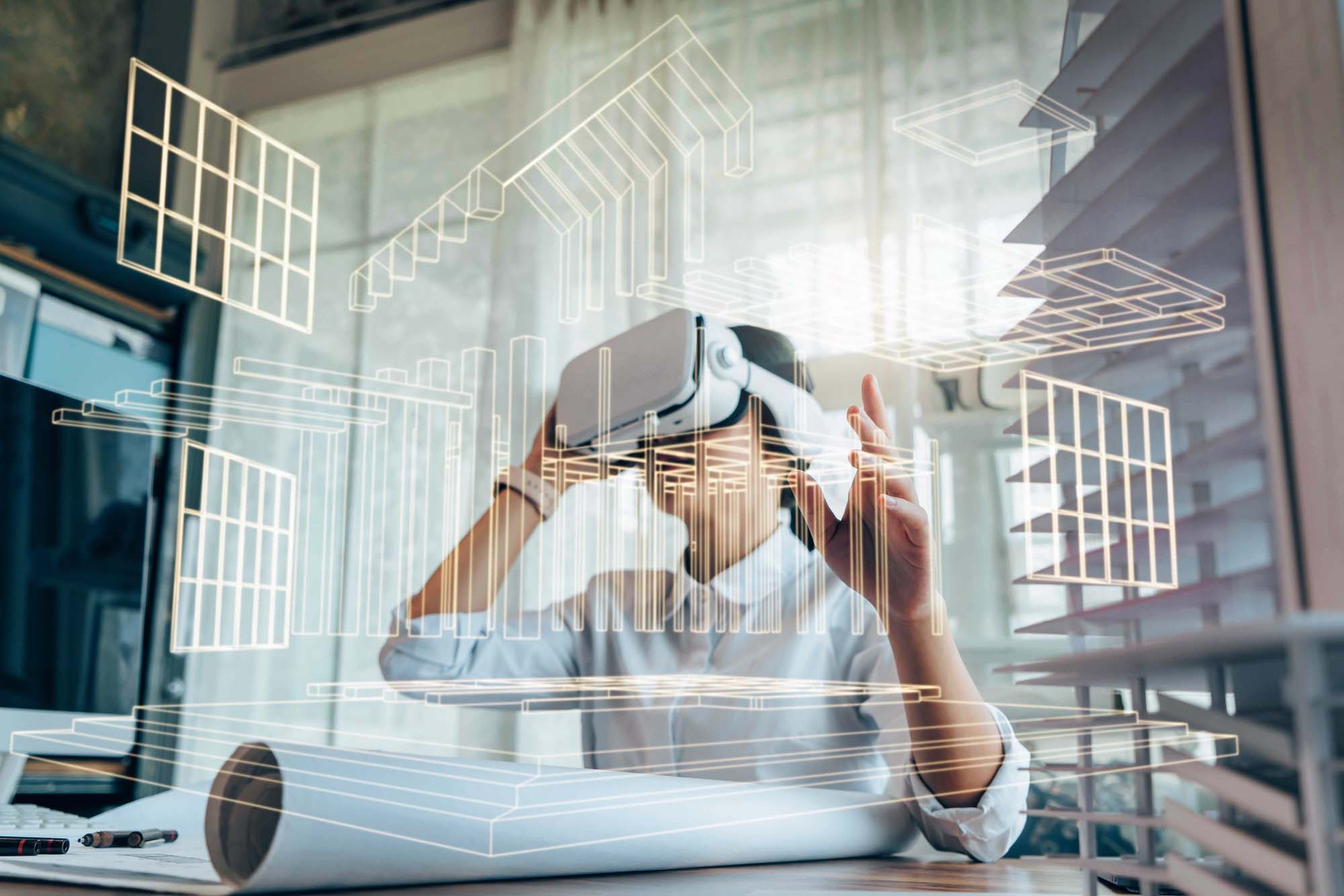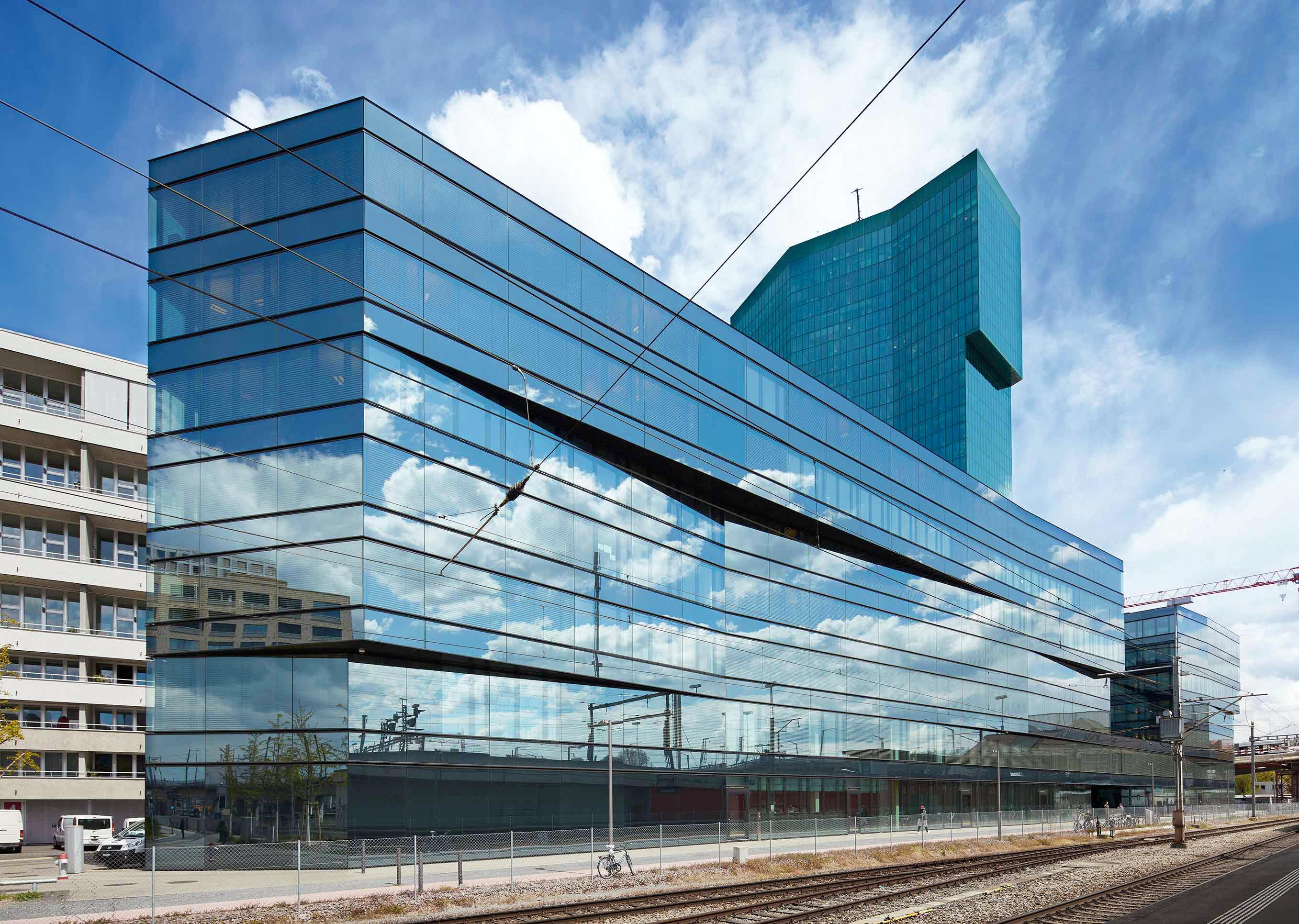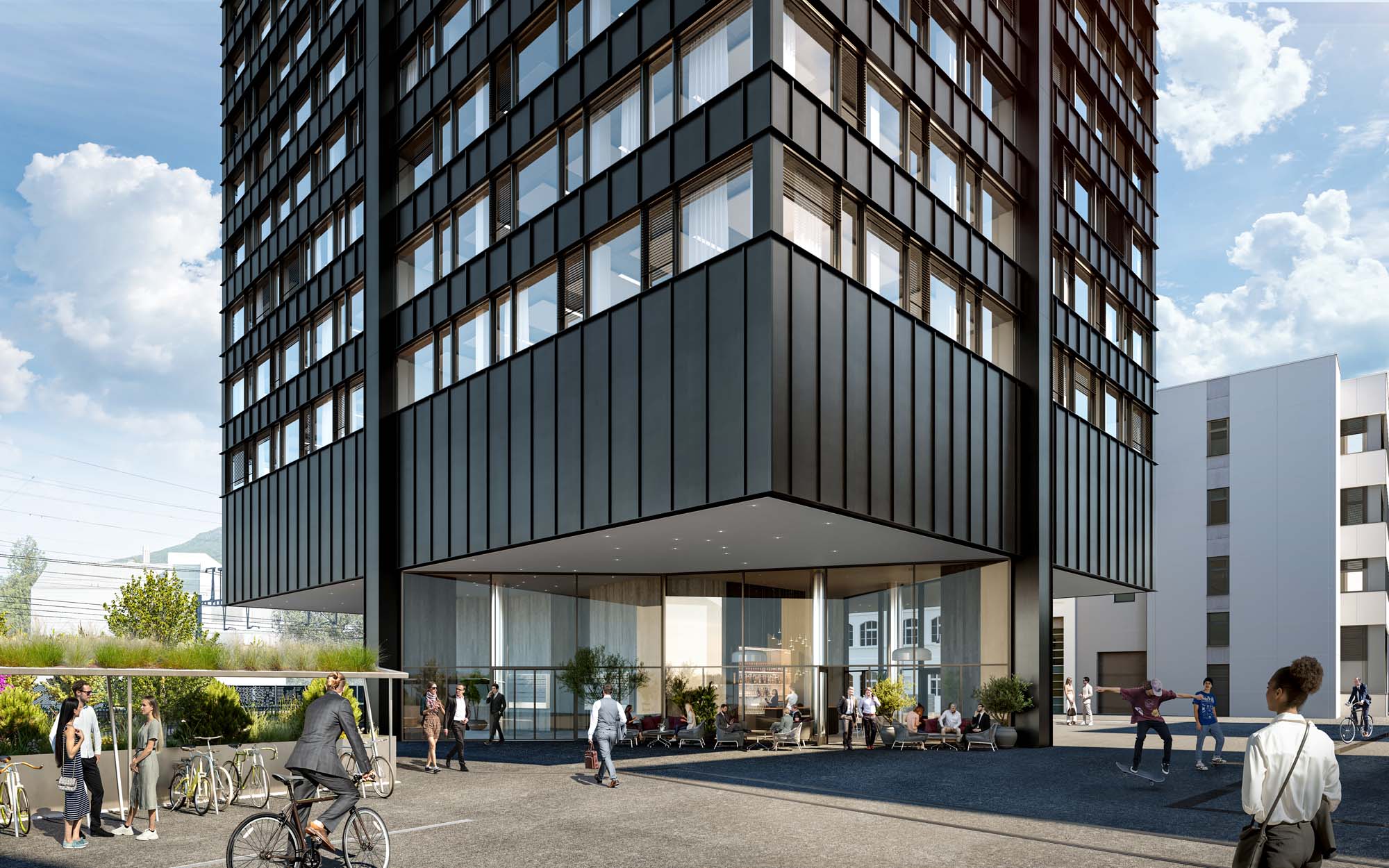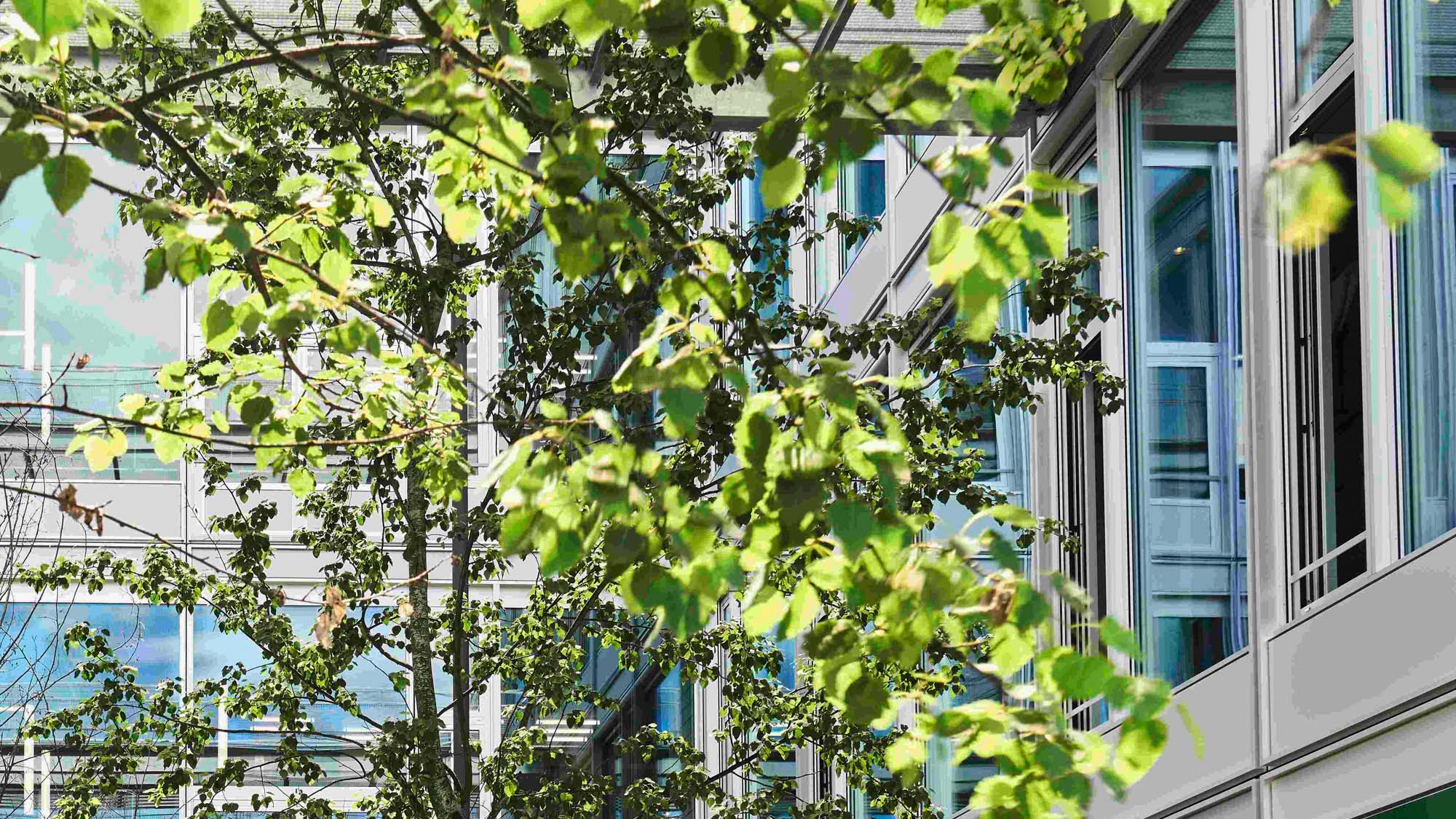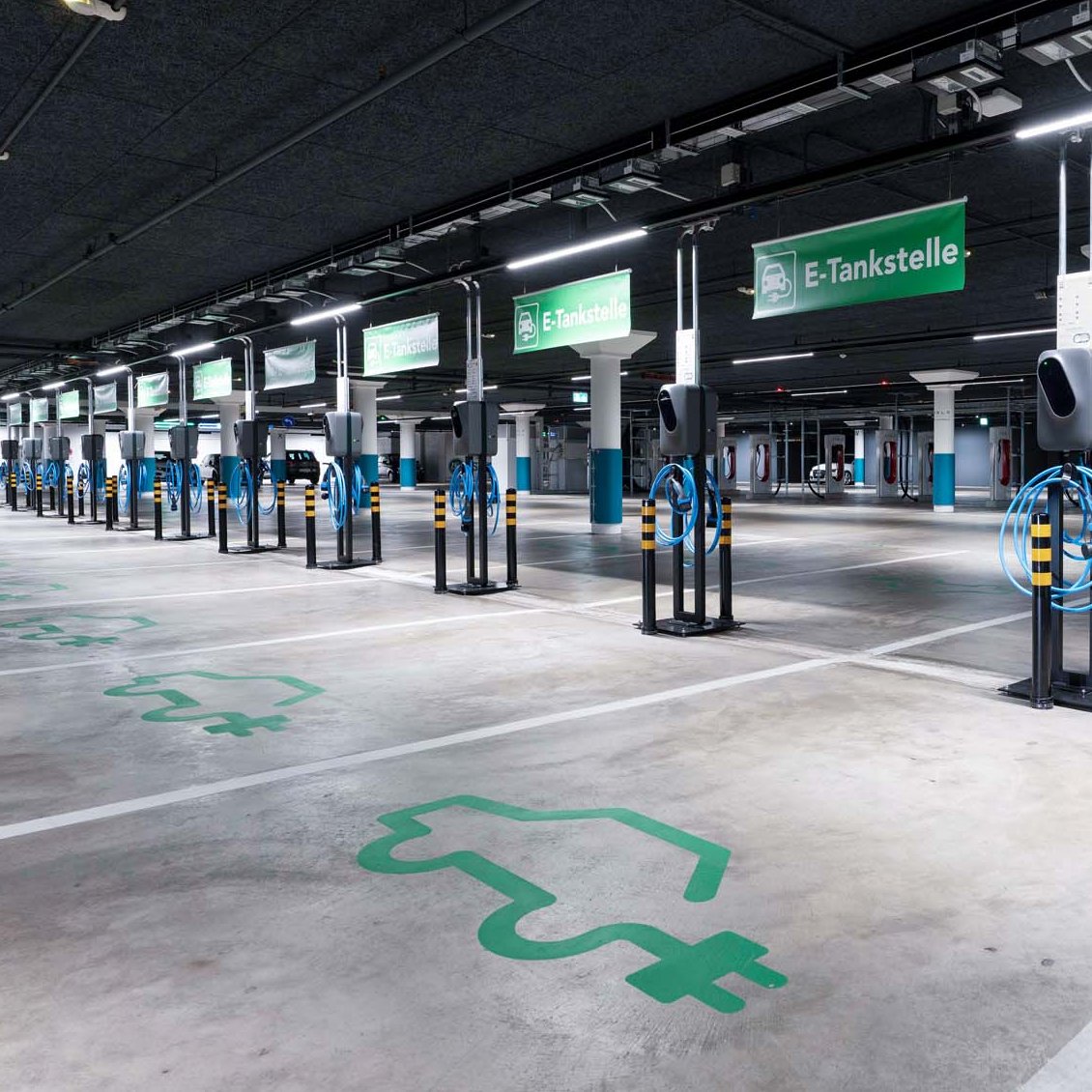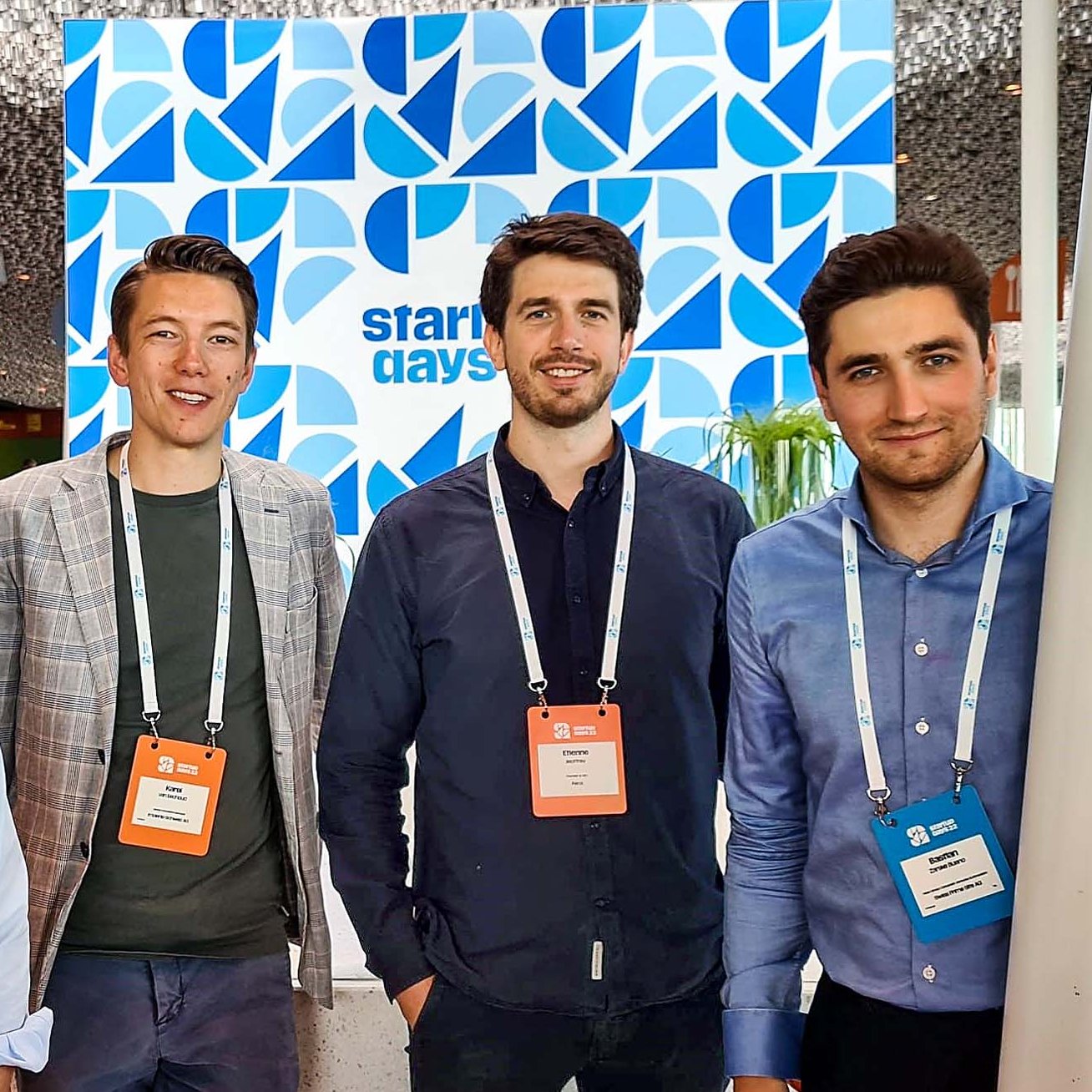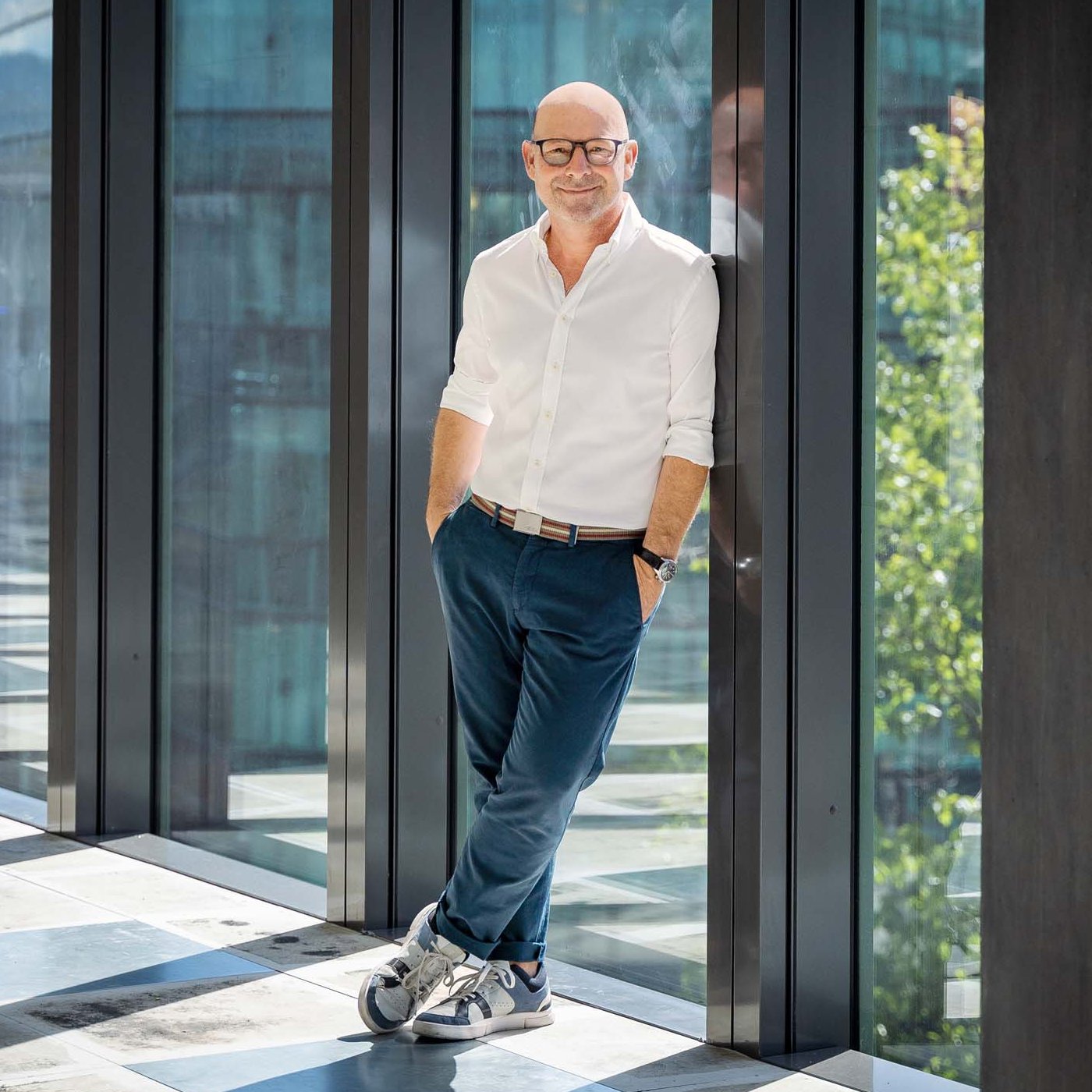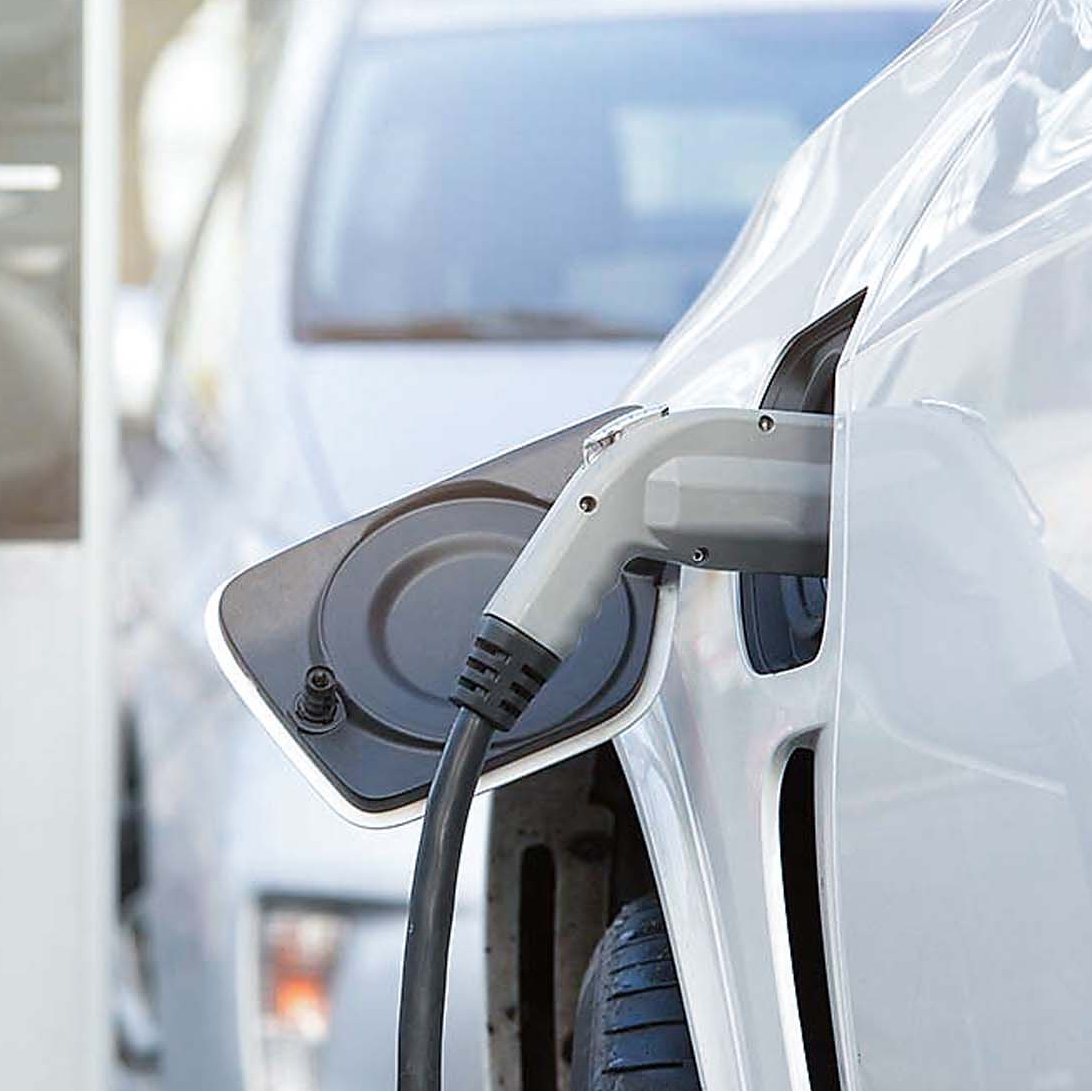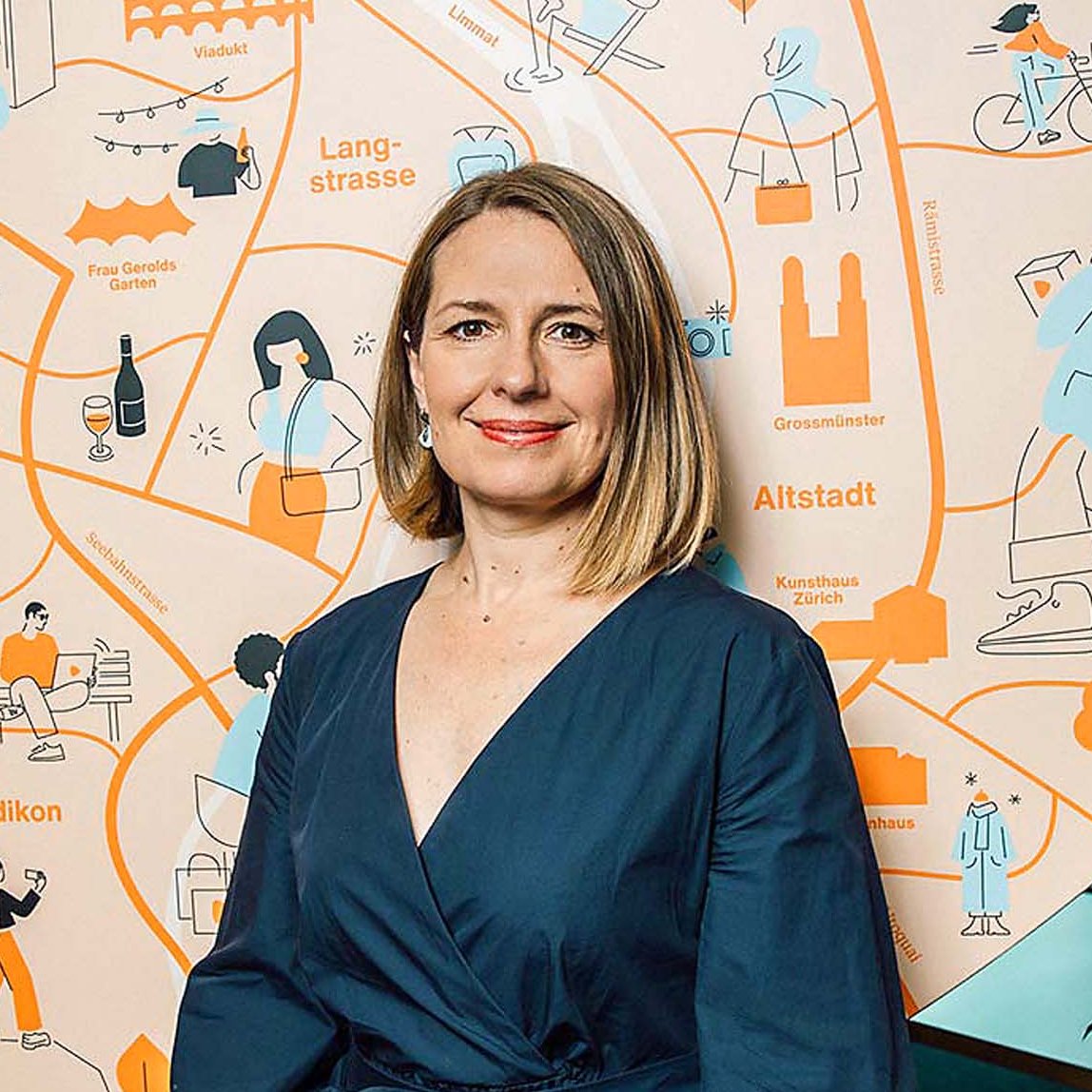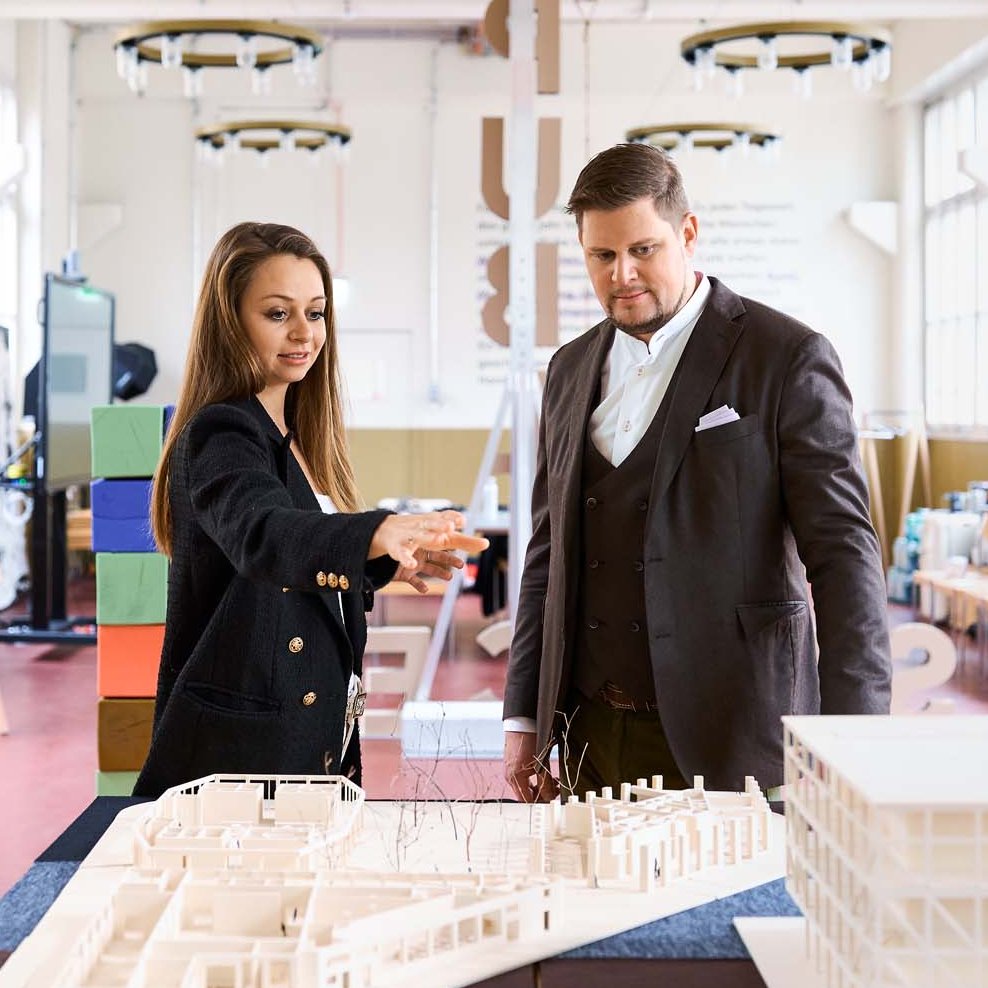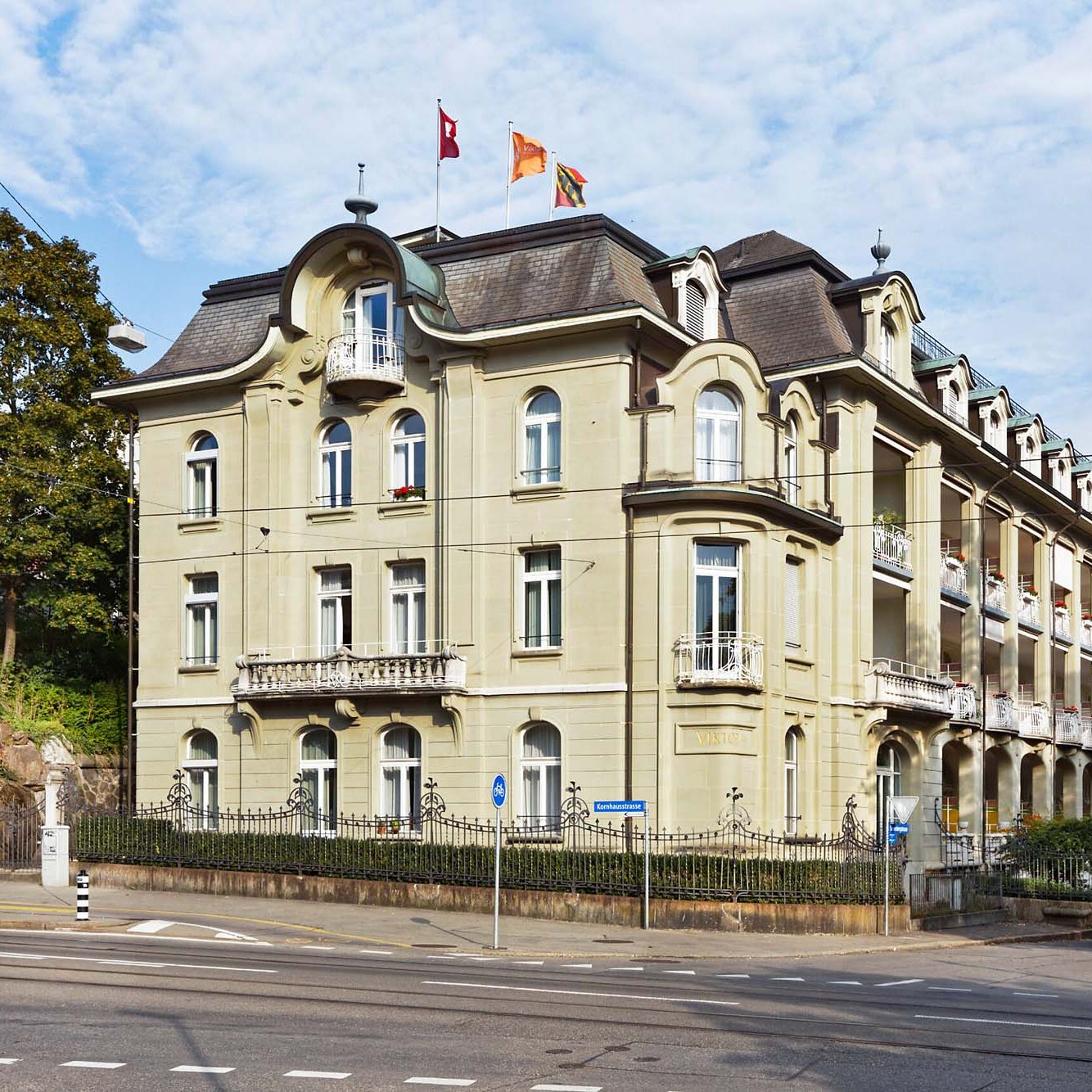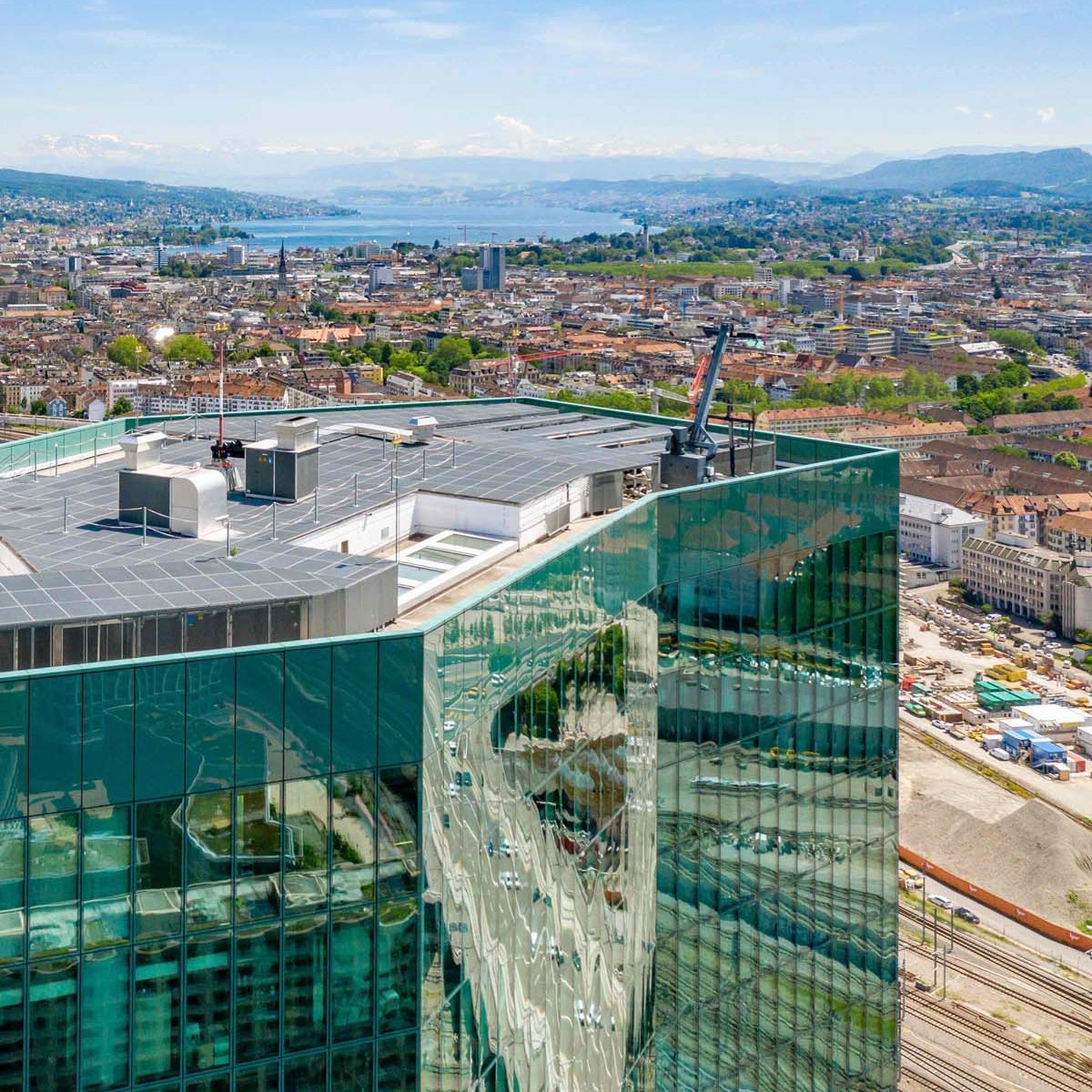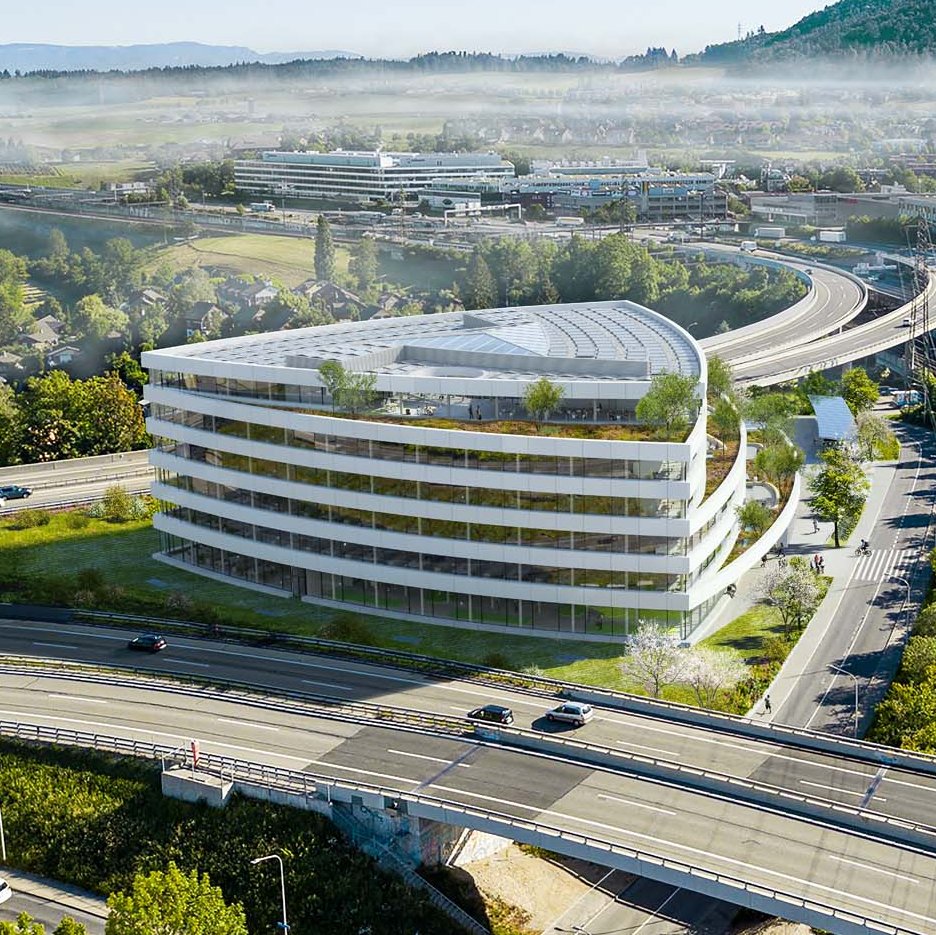A Jelmolian in body and soul
Jelmoli — The House of Brands is one of Zürich’s go-to shopping destinations. It is here that trainee bankers buy their first suits, expectant mothers stock up in preparation for their new babies, and passionate home cooks shop for delicacies from around the world. From trousers and jackets to bed linen, home accessories and even golf clubs, the six-storey department store has been selling just about everything shoppers could need for almost two centuries. Autumn 2018 marks Jelmoli’s 185th anniversary.
But what does it take to keep a building like this, with all its lifts and escalators, lighting equipment, air conditioning and heating systems, running with no disruptions? «Most people have no idea», says Morten Jensen, Head of Facility Management. To put us among the small proportion of people who do — or at the very least to give us an idea of the sheer scales involved — Jensen took us behind the scenes. Or, to be more precise, 9.5 metres underground.
It is here that the lifelines of the premium department store can be found. The first of these is the flow of goods. Every day, around 45 lorries are driven into the loading bay via the entrance located at Löwenplatz. Loaded with a wide range of goods including clothes, food and consumer electronics, they supply the store with the items it has used to build its reputation: fashionable, fresh, high-quality products. The vast majority of the objects delivered are then taken three, four or five storeys higher to the customers. A smaller proportion — packaging, for example — remains below ground level and is immediately recycled. «We separate everything painstakingly», explains Jensen, as a member of staff behind him uses a press to flatten cans. «Everything is recycled like it is at home, only on a much larger scale.»
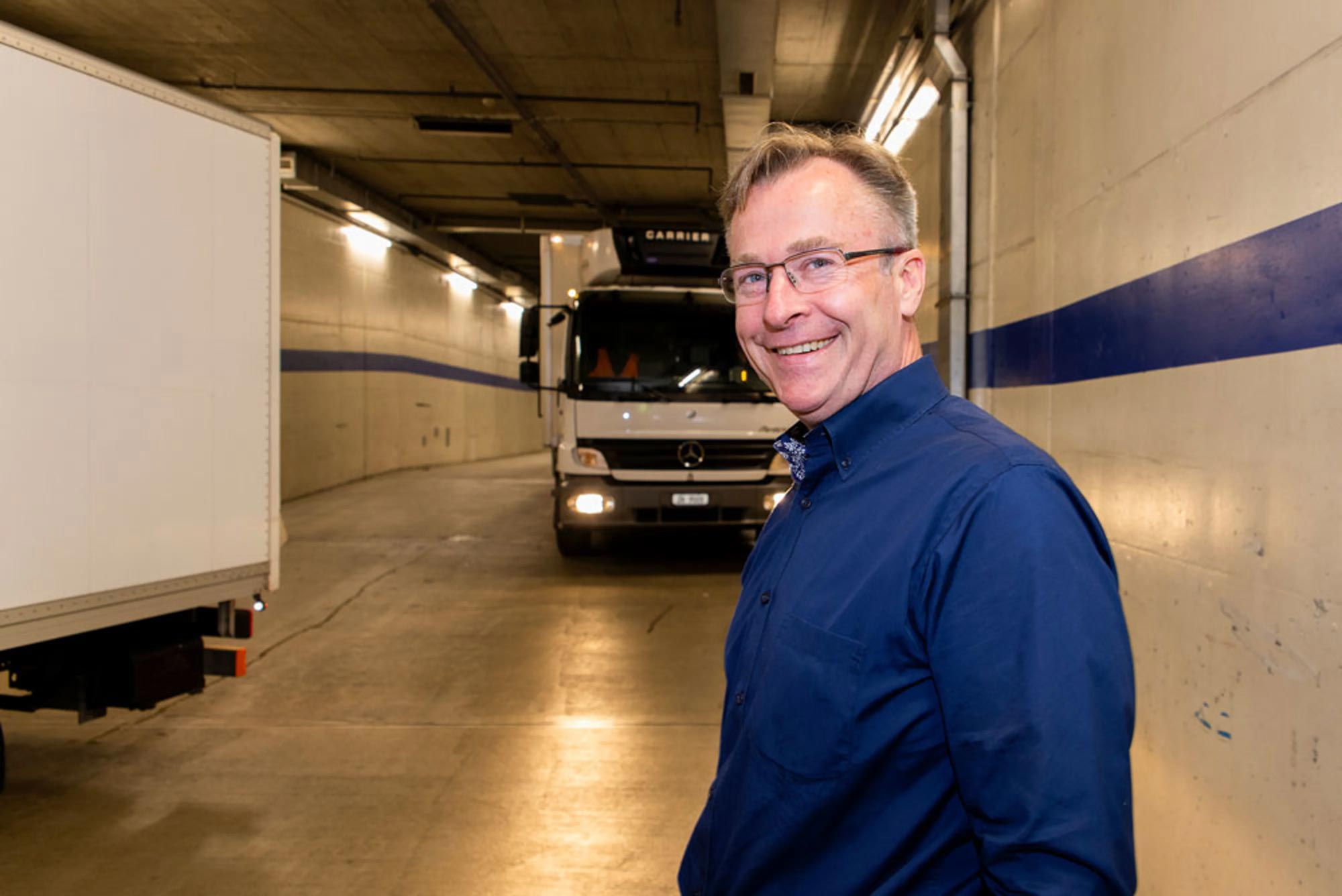
The second, much more complex of Jelmoli’s lifelines is the flow of energy. While most of the electricity consumed by the department store is supplied externally, some comes from on-site. As if it were a small, self-contained town, Jelmoli has its own transformer substation with a high-voltage connection. «It makes us a bit more independent», comments Jensen, before leading us into a room full of levers and switches. «Pressing this one turns everything off», he says suddenly, adding that doing so would cause the escalators, lifts, lighting and food refrigerators to shut down, bringing the whole of Jelmoli to a grinding halt. «It would take an hour to get everything back up and running to a reasonable degree», he estimates, and all eleven members of his team would have their hands full in the process. Luckily, however, this is purely hypothetical, as the power system has been running faultlessly for decades.
Safe in this knowledge, we get into the lift. «This will be the next piece of equipment to be replaced», says Jensen, pressing the top button. We are taken to the roof, which has been renovated over the past 18 months. This entailed removing and returning the hybrid coolers in large helicopters. It was a mammoth task, but is just one example of the numerous major projects that Jensen coordinates. He is currently involved in the construction of additional pipelines. «Heating and cooling are very important in our store», he explains. «For example, the lingerie department needs to be warmer than the men’s underwear section. It’s crucial to take the lighting into account as well, as this is a source of additional heat. Until recently, our lighting systems generated so much heat that we even had to turn on the air conditioning in certain areas of the store in winter.» Since this is an inefficient practice, 8,500 energy-saving, long-life LED bulbs were installed a few months ago. These reduce the store’s electricity consumption so sustainably that they have enabled the entire heat management system to be restructured. This is not only beneficial for Jelmoli and its business operations, but for the environment as well. The vast majority of the refurbishments conducted within the property are performed with this in mind. «All our renovations can be compared to open-heart surgery», states Jensen. «It’s essential that Jelmoli keeps operating as normal and that our customers can continue to enjoy a fantastic shopping experience.» For example, this is why the store decided to modernise its air-conditioning system in winter.
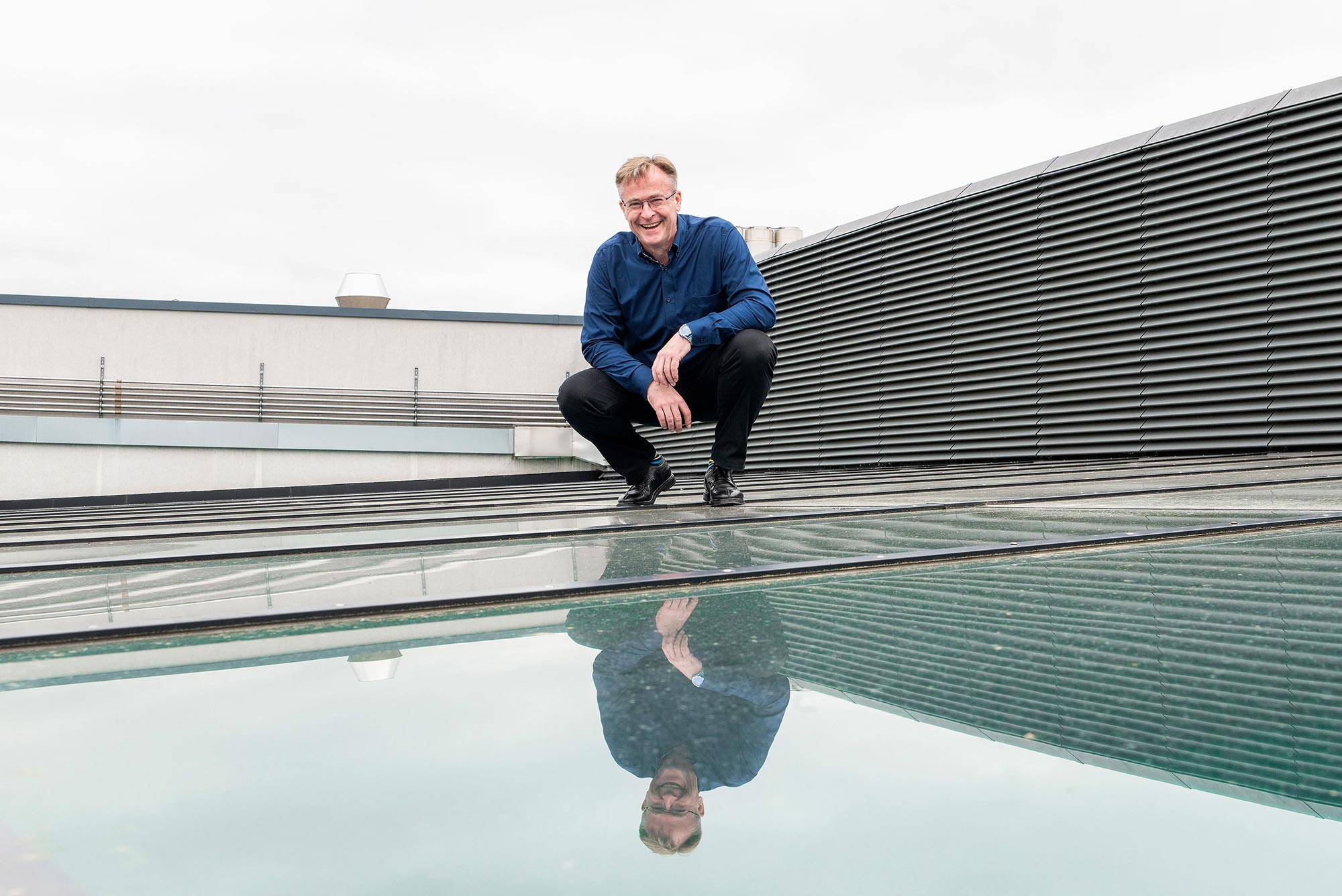
For Jensen, it is the complex nature of his position that makes it so exciting. «I am a Jelmolian in body and soul. For a good 25 years, my job has been to ensure that everything runs like clockwork here. There aren’t many places where lifts, escalators, heating and cooling systems have to be maintained in good working order on such a large scale. I can’t imagine working anywhere else. Even though I’m slowly approaching retirement age, I’ll still be here when Jelmoli celebrates its 200th anniversary.»
We have no doubt about it. Jensen is probably more familiar with the ins and outs of the property than anyone else. Our next stop is the area of the building he prizes the most — his museum. It is here, on a metres-high shelving unit, that Jensen is collecting everything with a link to Jelmoli’s past. A clunky telephone from the old switchboard, old mobile phones and pagers, and photographic plates made from glass. Jensen is a nostalgic person and enjoys telling stories from days gone by: «Do you know, when I first started at Jelmoli, it took us 20 minutes to turn off the lights every evening.» That’s unimaginable today. In fact, it’s just as unimaginable as Jelmoli without its Head of Facility Management. Take our word for it, we’ll be reporting on another tour with Morten Jensen when the department store celebrates its double centenary in 2033.
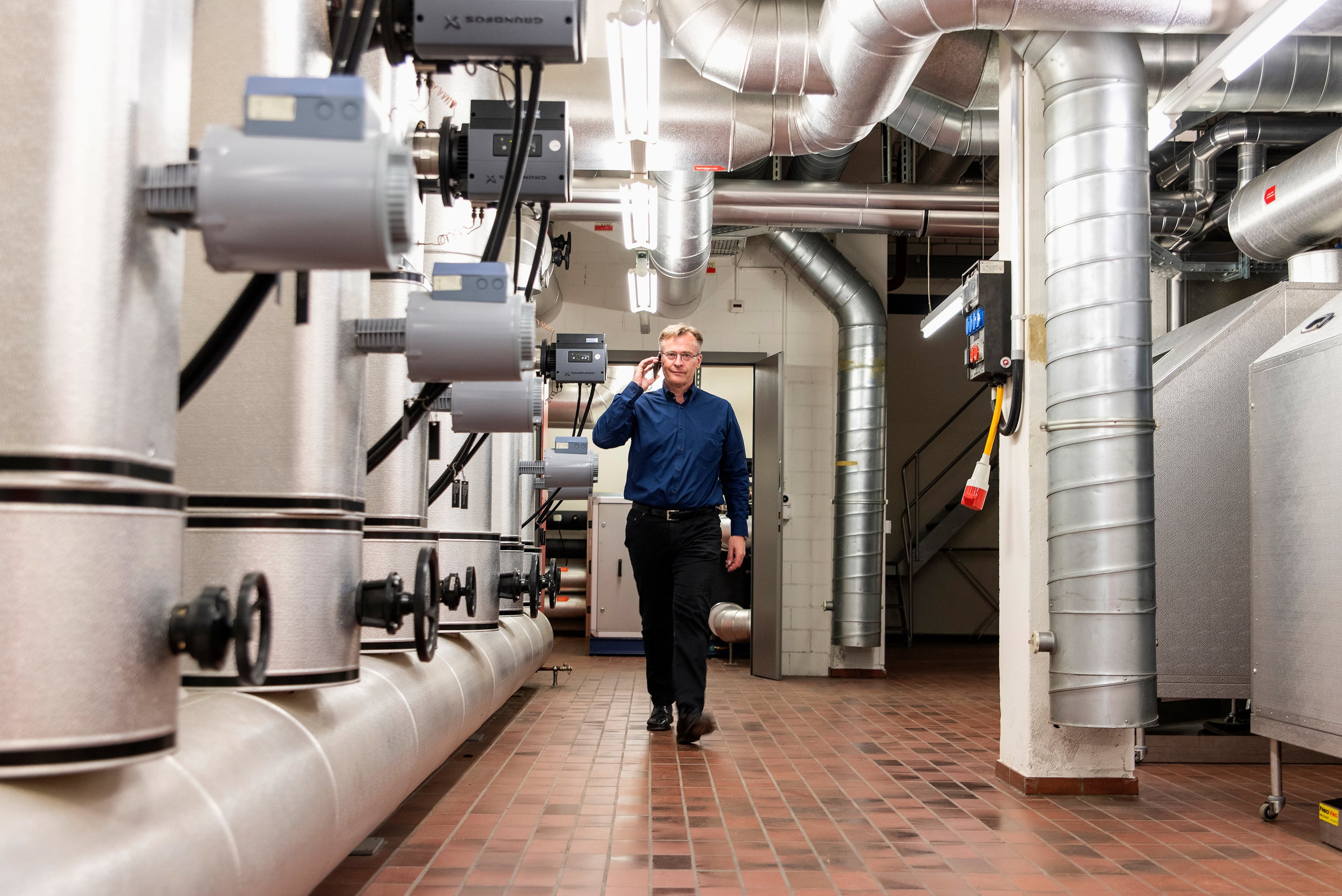
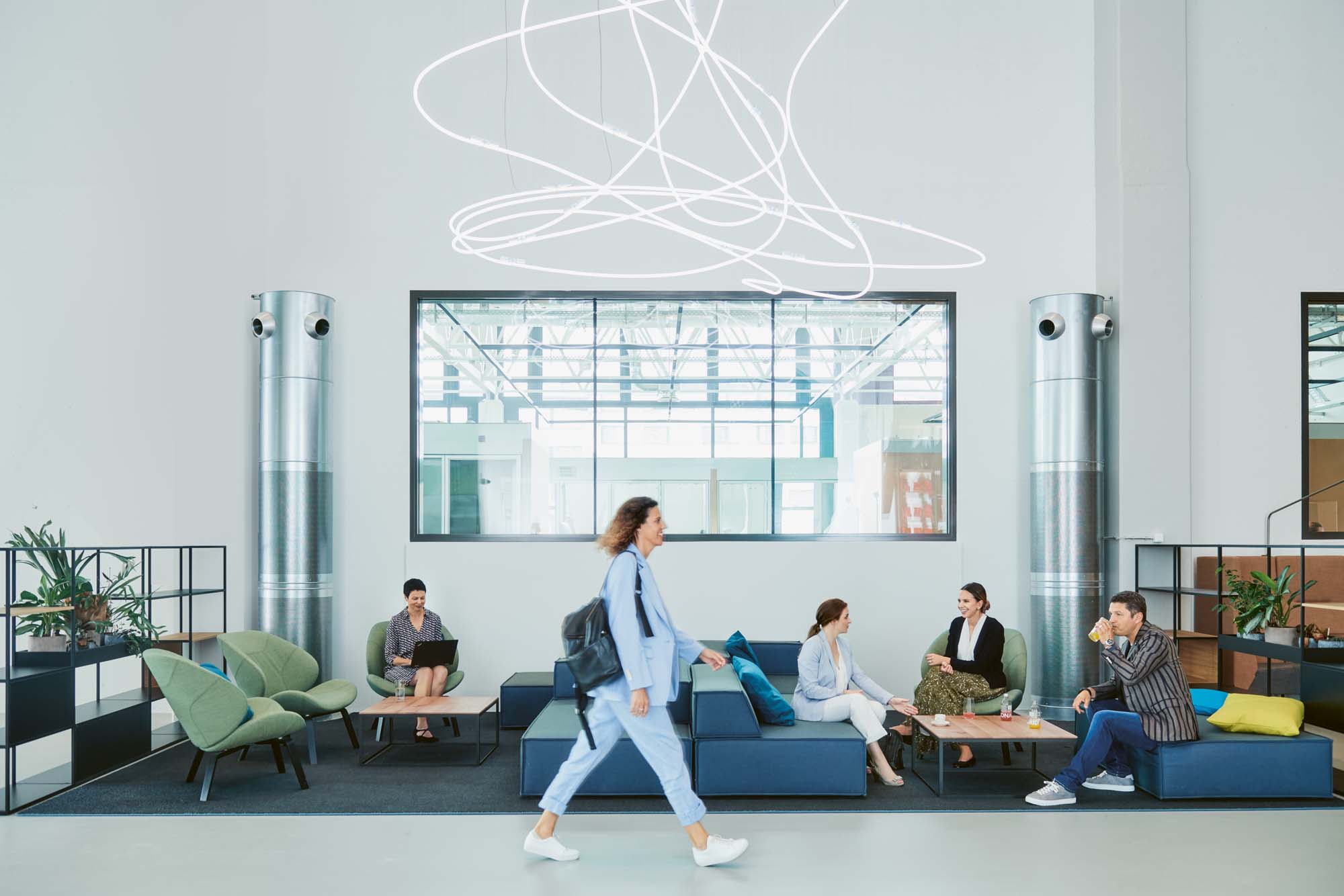
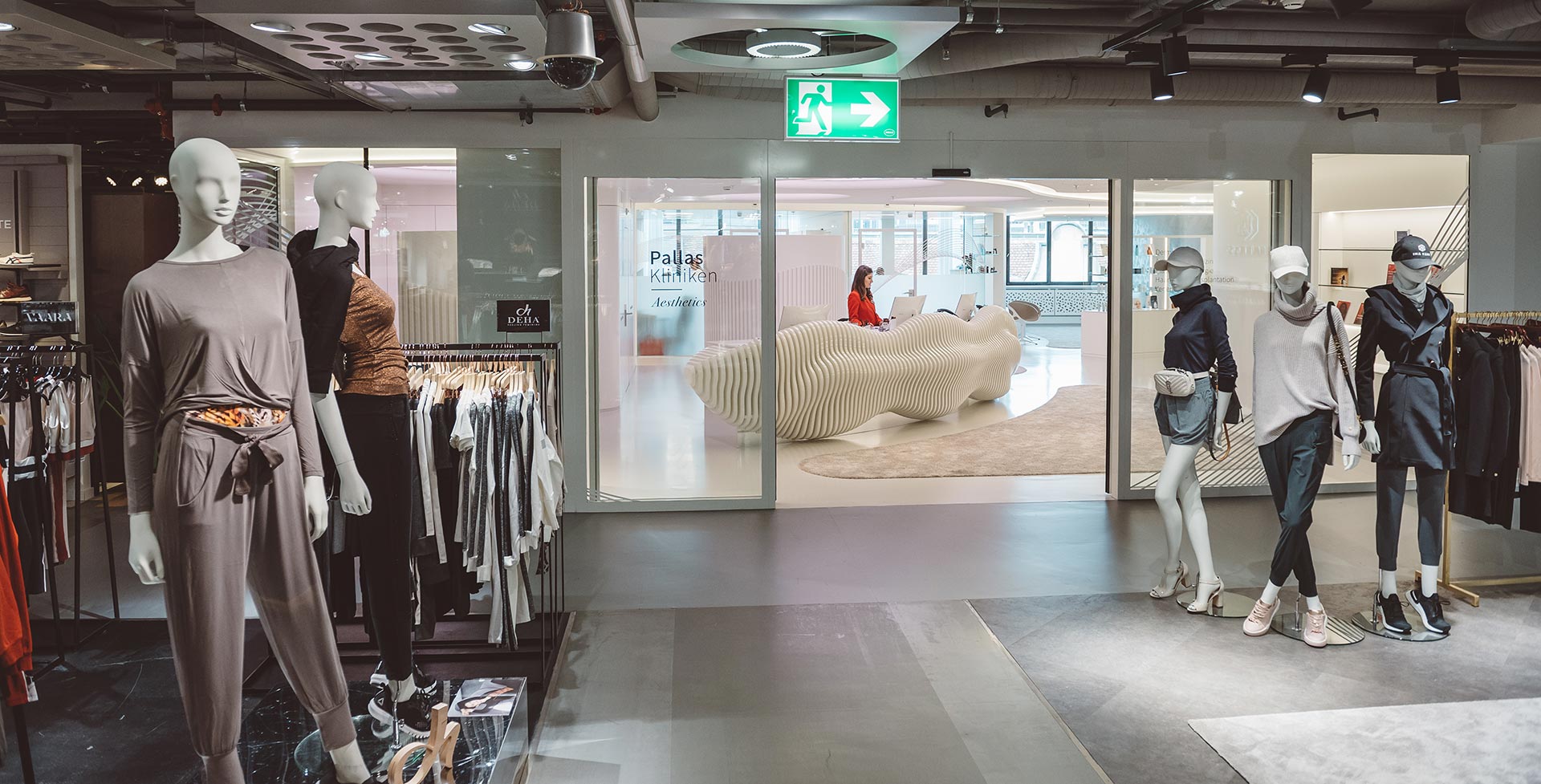
![[Translate to Englisch:] [Translate to Englisch:]](/fileadmin/user_upload/redakteure/stories/2018/Well_done__Kundenbindung_im_Jelmoli_Market_Grill/SPS_Reportage_Jelmoli_Grill_02.jpg)

